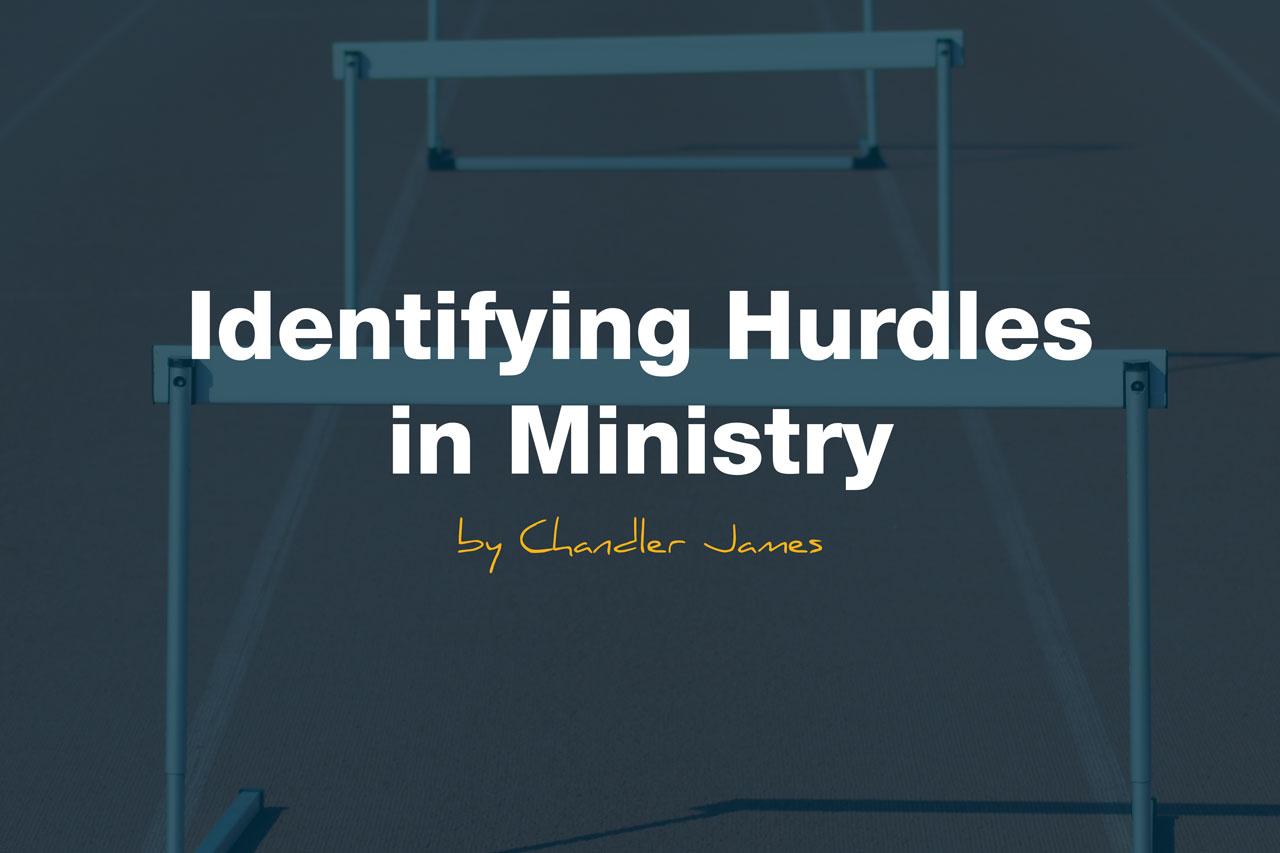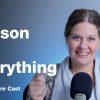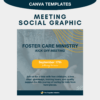
Growing up, I enjoyed watching the Olympic Games, mainly when athletes would run the Hurdles. I was fascinated by their ability to run at top speed while avoiding obstacles in front of them. Having watched so many hurdle races, I know that occasionally a runner may not clear the hurdle and fall, having to watch the others continue the race. I imagine falling would feel devastating and confusing. However, I also suspect that over the next few days, they would work hard to identify their misstep to avoid hitting the hurdle during the next race.
As an Advocate, I wonder if you’ve ever faced a hurdle in your ministry that seems like you can’t get over.
Perhaps you’ve met one of these difficulties:
- Communication challenges between a church, an agency, or a team member.
- You had someone helping you with a project, but the result wasn’t the quality you had envisioned.
- An event you were leading didn’t have the turnout you hoped for.
- You have to do much of the ministry work because no one has shown interest in joining the team.
Being able to zero in on precisely the hurdle and how to get over it is a critical skill to leading a thriving foster care ministry. The following framework helps you identify what your hurdle might be.
In his book, The Coaching Habit, Michael Bungay Steiner offers a framework for getting at the heart of a specific difficulty you may face as a leader. He writes, “a challenge might typically be centered on a project, a person, or a pattern of behavior.”
He refers to this idea as the “3P Framework.” The goal is to get at the heart of a particular difficulty within your ministry and ask yourself, is this a project, a person, or a pattern causing this specific difficulty? This framework is not the answer to the difficulty but rather a place to start.
Here’s the best way to define each of the “3Ps,” followed by an example of packing journey bags and how one might apply this framework:
Project: The content of a situation.
Person: The relationship in a situation.
Pattern: The behaviors of the situation.
PROJECTS
More than likely, when facing a ministry hurdle, you’ll find yourself starting here. It’s the easiest place to start because it’s the thing right in front of us that we have the most control over.
In this “P,” you’ll find yourself asking questions such as:
- What should I have done differently?
- What can I add the next time we do this?
- Should I do this again, and if so, how often?
PEOPLE
Here, we are trying to discover if we should engage the relationships around us differently. This isn’t a conversation about others as much as it is about us. It is true that leading a thriving foster care ministry requires people. It is also true that including people invites imperfection.
In this “P,” you’ll find yourself asking questions such as:
- Is there a conversation I need to have?
- Is there a person I should include?
- Is there a person in a role that shouldn’t be?
- Is there a way I could be communicating something differently?
The goal is not to negate the people causing the imperfections but to conduct your relationships in a way that brings clarity to what you’d like to see accomplished.
PATTERNS
In this “P,” we are looking at patterns of behavior and ways of working that we would like to change. But, again, this is more about our own patterns as a leader than those we lead.
In this “P,” you should find yourself asking questions such as:
- Am I organizing myself and my work in a way that might inhibit ministry progress and building relationships?
- Am I communicating things consistently?
- Am I communicating things in a clear way?
- Am I taking the time needed to prepare for a specific project, meeting, etc.?
Patterns are the hardest to work on because they can be deeply personal. But sometimes, adjusting our leadership patterns allows relationships between churches, agencies, and our teams to thrive.
APPLYING THE 3P FRAMEWORK
As an example, let’s look at applying this framework to a journey bag drive from start to finish.
Here’s the plan for the drive:
- Communicate with the agency about what needs to go in the bags.
- Find a church to donate the items that will go in the bags.
- Organize a group of volunteers to pack the bags by ages with appropriate items.
- Rally a few people to help deliver the bags to the agency.
While this sounds simple enough, let’s pretend that you’ve consistently found yourself frustrated every time you run a journey bag drive. You have two main frustrations:
- You find yourself having to re-pack the bags because the group you had pack continuously packs the wrong items with the incorrect number of items.
- You’re having to purchase items for the bags using your TFI Ministry funds because the church that’s running the drive continues to donate low-quality items or too much of a single item.
To address this reoccurring frustration, we begin to apply the “3P Framework.” Is this problem best addressed by looking at the project, the people, or the patterns? Again, the idea is to identify the real challenge that lives underneath your initial frustration.
In this example, if looking at the project, I might start thinking through items such as:
- Is the list of donation items I am giving to the church specific enough?
- Am I allowing enough time for donations to come in?
- We’ve been organizing bags the same way for years. Should I change the order or setup in which we pack bags?
If looking at the people, I might begin considering:
- Do I have the correct age group packing the bags?
- To gather the items, maybe I should communicate the list of needs to smaller groups within the church rather than the entire church. Sometimes the quality of the items matters more than the quantity.
Finally, if looking at the patterns, I may start asking…
- Am I consistently overpromising on how many donations my churches can get to the agency?
- I’m noticing that I consistently do most of the bags’ work. Have I developed a habit that excludes others from participating in the work?
- I’ve been communicating the organization of the project verbally. Should I begin outlining the expectations through a different medium (email, paper sheets as they pack, etc.)
When faced with a hurdle within your ministry, I hope you find some time to identify if the challenges you face lie within the projects, the people, or the patterns of the ministry you are leading.





